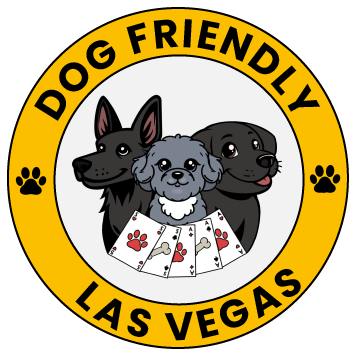
Browse sub-categories
Tips for Exploring National Parks
Pick the Best Time to Go
National parks can become quite crowded, especially in popular destinations during peak season. If you have flexibility in your schedule, consider visiting outside of these busy periods or try going mid-week when there are fewer visitors. Taking seasonality into account can also help you avoid extreme temperatures or inclement weather that might affect your plans.
Reserve Accommodations and Permits Early
Whether you’re hoping to cozy up in a park lodge or sleep under the stars at a campground, it’s wise to make reservations well in advance. Lodging inside national parks can fill up fast, sometimes months ahead of time. If you’re planning a specialized activity, such as backcountry camping, river rafting, or a guided tour, double-check permit requirements to ensure you secure any necessary documentation.
Pack Thoughtfully
Your packing list should reflect the park’s climate and the activities you plan to pursue. Bring comfortable shoes or hiking boots, dress in layers to handle shifting temperatures, and don’t forget necessities like sunscreen, a hat, and insect repellent. Carry more water than you think you’ll need, keep a few energy-boosting snacks on hand, and consider a basic first-aid kit for unexpected scrapes and blisters.
Stop by the Visitor Center First
Once you arrive, your first stop should be the visitor center. It’s an ideal spot to pick up detailed maps and learn about current trail conditions and closures. Park rangers are always eager to offer insider tips and guidance. They can help you tailor your visit to your interests, recommend lesser-known trails, and share advice on the best places to view wildlife.
Maintain a Respectful Distance from Wildlife
Observing animals in their natural habitats is one of the greatest rewards of visiting a national park, but it’s essential to keep a safe distance. Wild creatures can become distressed or dangerous if approached. To capture memorable photos, consider bringing binoculars or a zoom lens instead of walking too close. By allowing wildlife space to roam undisturbed, you’ll be helping to protect these special ecosystems.
Leave No Trace
Part of what makes national parks so special is how pristine they remain. Upholding that standard requires every visitor’s cooperation. Carry out all trash, stick to designated trails to prevent erosion, and resist the temptation to pick flowers, take rocks, or disturb natural features. Small steps like these support the park’s long-term health and preserve it for future generations.
Stay Aware of Changing Conditions
Weather, road closures, and trail advisories can alter your plans at a moment’s notice. Check forecasts regularly and be prepared to adapt if conditions take a turn for the worse. If you’re venturing into more remote areas, make sure someone outside the park knows your schedule and route. Staying flexible and informed will help you avoid unpleasant surprises.
Be Patient and Flexible
Crowds, traffic, and limited parking can test even the calmest traveler’s patience. Arriving at popular spots early in the morning not only allows you to beat the rush, it often gifts you a more peaceful, introspective experience. Should you encounter a closed trail or an unavoidably busy overlook, look at it as an opportunity to explore lesser-known parts of the park that might reveal hidden treasures.
What is a National Park?
A national park is a protected area set aside by a national government to conserve natural landscapes, wildlife, and cultural heritage for both current and future generations. These areas are typically managed to maintain their natural or historic conditions, prevent harmful development, and offer opportunities for public enjoyment, education, and recreation.
What's the Closest National Park to Las Vegas?
The nearest official national park to Las Vegas is Death Valley National Park. It’s located roughly 120–130 miles (about a two-hour drive) to the west of Las Vegas, just across the Nevada–California border.
Some other popular federal lands—like Red Rock Canyon National Conservation Area and Lake Mead National Recreation Area—are even closer, but they are not designated as national parks. If you’re specifically looking for the closest site under the “National Park” designation, Death Valley is your best bet.